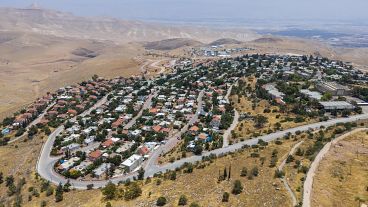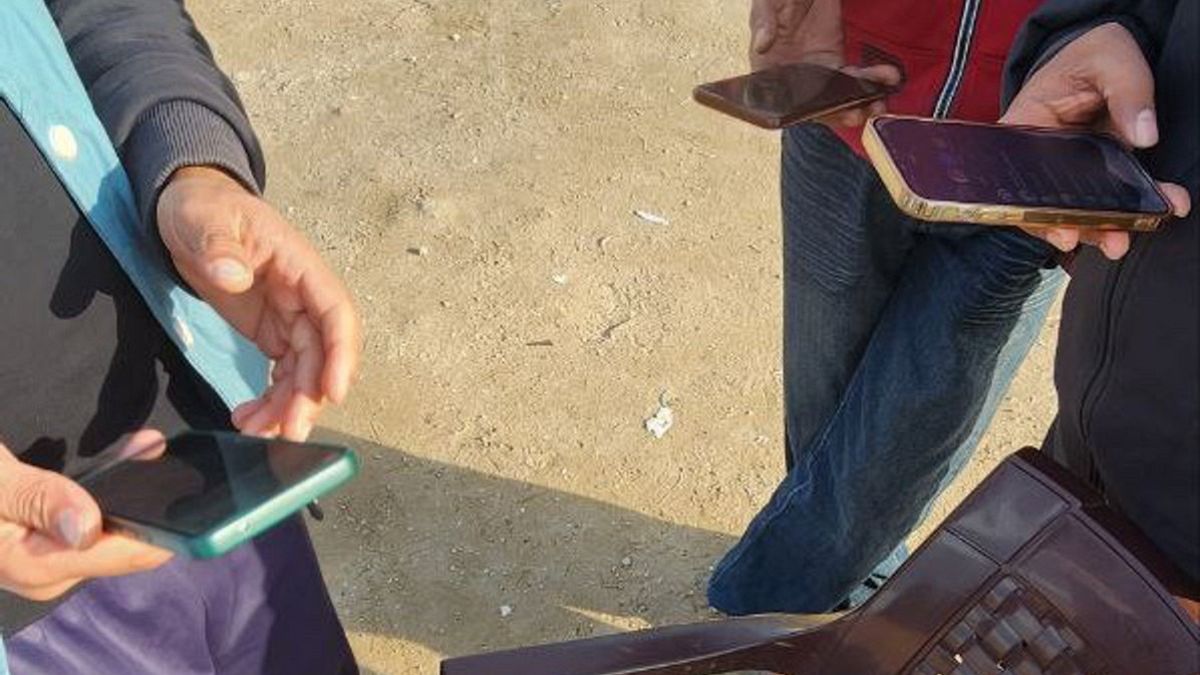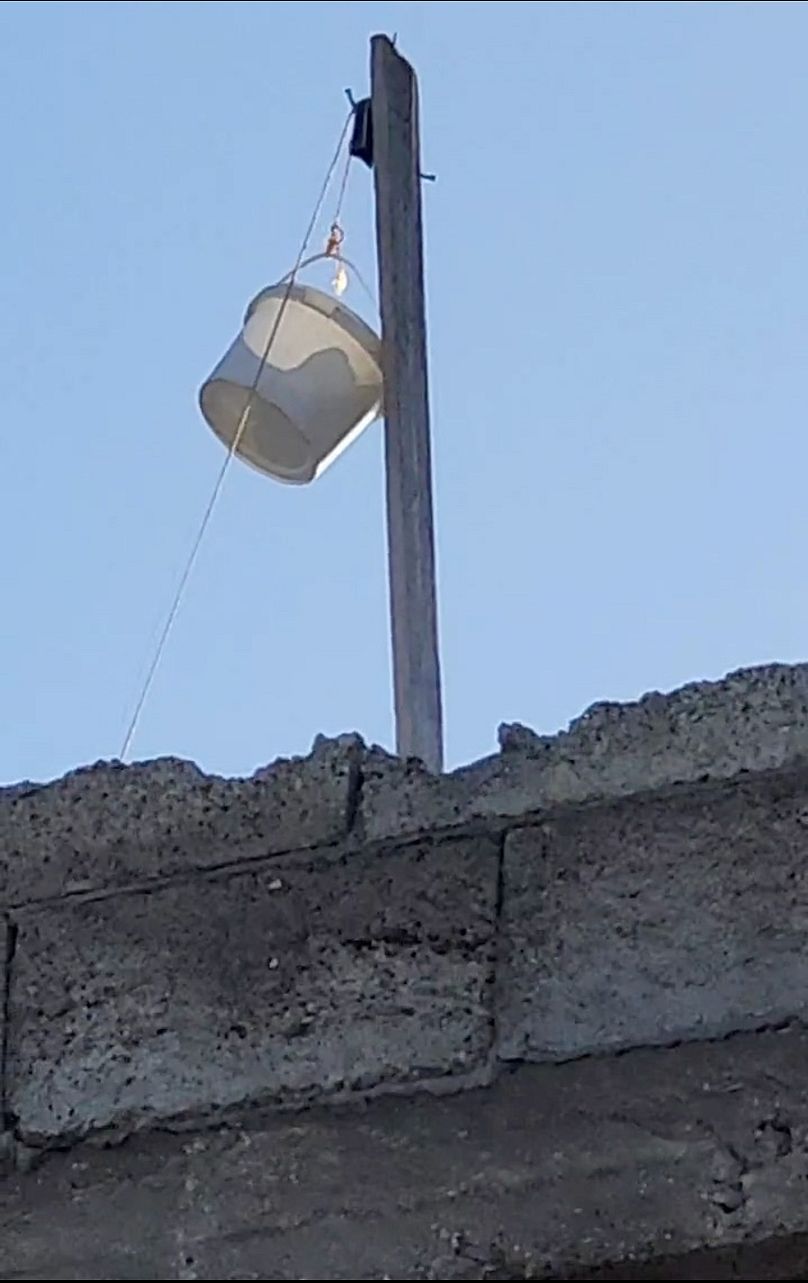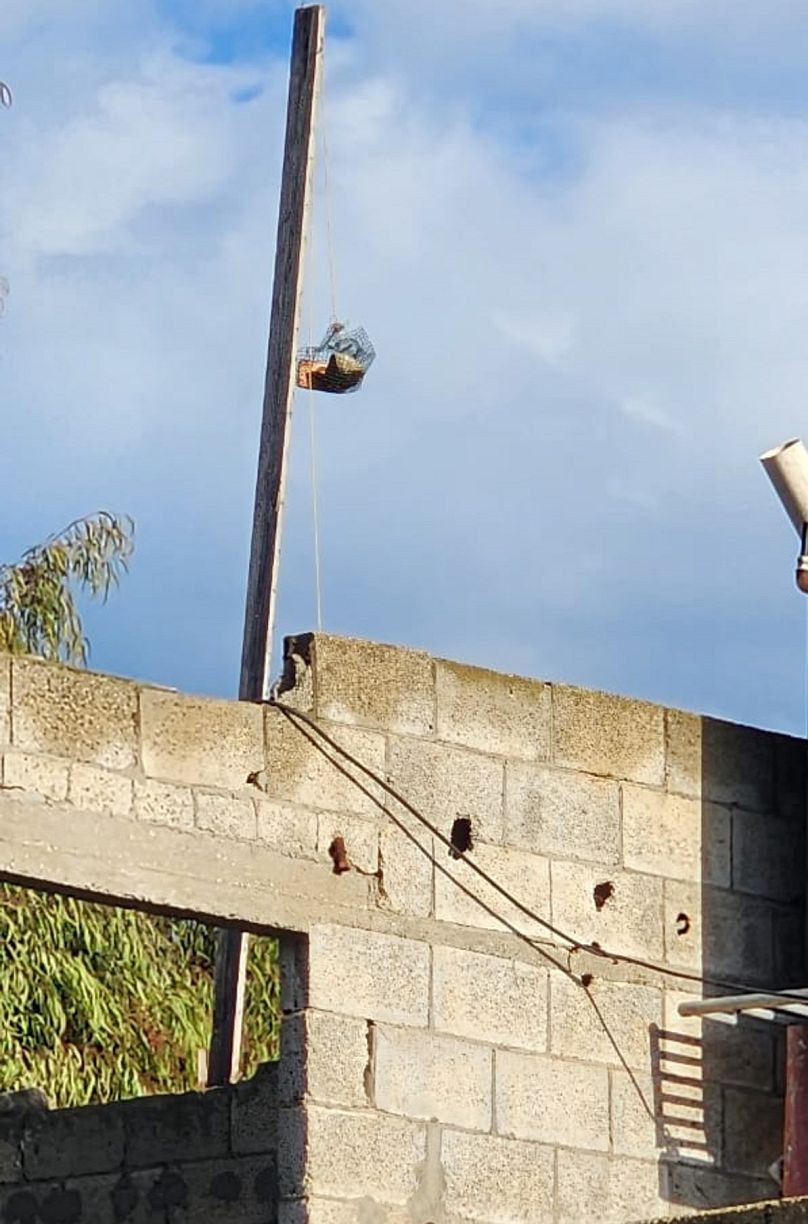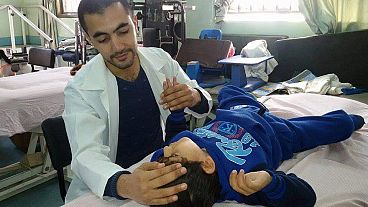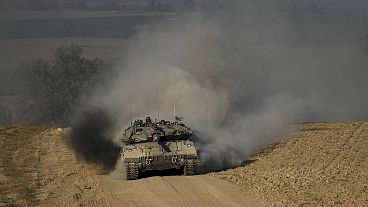The Israel-Hamas war has hampered communications in the Gaza Strip, but the population manages to connect to the Internet with innovative solutions and NGO support.
Connecting to the Internet has become a challenge for people living in war-torn Gaza, as civilian telecommunications have become another target since the Israel-Hamas war began.
Internet providers in the area have suffered severe outages since early October 2023, digital rights NGO AccessNow said in a report in early November.
In recent months, network monitoring services such as Cloudflare Radar and NetBlocks have reported several Internet outages in Gaza.
The main telecom company in the strip, Paltel, had more than 500 cell towers operating in the enclave, but 80 per cent of them have been destroyed during the war, Paltel's head of operations, Hamzah Naseef, told US public radio station NPR in March.
These circumstances have led Gazans and humanitarian organisations to find emergency solutions to get connected.
Planting 'network trees' for Internet access
One example is the GazaWeb project by the Italian charity Associazione di Cooperazione e Solidarietà (Association of Cooperation and Solidarity, ACS).
With the help of volunteers in Gaza, this organisation has helped keep people connected via Israeli and Egyptian cell towers.
Using smartphones compatible with embedded SIM (eSIM) technology, the NGO has been able to deploy several Internet hotspots in the border areas of the Gaza Strip.
Volunteers in the area, called “gardeners”, are paid to obtain compatible phones and an eSIM code is sent to them.
Once configured, they hang the devices high up in areas where they receive a signal from neighbouring countries’ cell towers and serve as a Wi-Fi hotspot for people below the phone. These are called “network trees”.
Since January, the GazaWeb project has managed to set up 15 of these “trees” in cities such as Al Mawasi, Deir al-Balah, Gaza City, Jabalia and Rafah.
The coordinator of the GazaWeb project, Manolo Luppichini, highlighted the importance of these access points not only for getting information from outside Gaza but also for daily life inside.
"Not having Internet, not having telephone signal, means that many people are stranded and don't have connection with their family, with their relatives, with their friends. They don't know when things are happening, they don't have the information," Luppichini told Euronews Next.
However, the availability of this system changes constantly: the connectivity of each hotspot relies on a single mobile phone, put inside a bucket and connected to a power bank so that the battery lasts at least two or three hours.
“During the hotspot, it sucks much more energy, otherwise [without the power bank] it just lasts a few minutes in those conditions,” Luppichini explained.
The risk of trying to go online in Gaza
Bombings sometimes make it impossible to safely recharge the batteries, which complicates maintaining these “network trees,” according to Luppichini.
Both setting up the hotspots and using them have also become a risk during the war.
Luppichini told Euronews Next that, on 26 June, eight people were killed in an attack while using one of these access points in Jabalia, north of Gaza.
The number of victims matches information published by the Palestinian News & Information Agency (WAFA) about an Israeli bombing in the same area, citing local sources.
“This is the third time. People gathering to get connection are exposed to the threat of bombings because they see this gathering of people and they bomb it,” Luppichini said.
“Obviously, you need to gather because there are few places that can receive the signals, it depends on which part of the street you are,” he added.
At least 20 people have died while trying to connect to the Internet, according to the GazaWeb coordinator. “The number of casualties is always difficult to verify. Many other injured could be dead," he explained.
During the Israel-Hamas war, Gazans have been sharing videos about their daily lives on social media. This isn’t new, but Luppichini considers there is something distinctive in this conflict.
“There’s a new way of telling stories. It has happened before in different ways, but this is the very first time that some people under such a siege, under such a violent situation, are telling their story. They’re live streaming a genocide,” he said.
South Africa has brought a case before the International Court of Justice (ICJ) alleging that Israel is committing genocide in Palestine, something Israel denies.
The challenge of finding a reliable system
ACS began looking for solutions to the Internet problems in Gaza in mid-October, at the beginning of the current conflict.
“Entering satellite phones through the border was impossible,” said Luppichini.
They also tried to set up a cell tower to provide a mobile connection from Egypt on the Rafah border, but they couldn’t cooperate with the Egyptian authorities.
Signals from Egyptian and Israeli cell towers can penetrate approximately two to three kilometres inside Gaza.
The GazaWeb project coordinator said they are currently encouraging their "gardeners" to try to set up these Internet access "trees" in populated areas using the high bucket method.
“Especially the women have a hard time going down the street and reaching those points where you can get Internet. (...) With this bucket system they can get the signal within the houses,” Luppichini said.
This story has been clarified to say that, according to the GazaWeb coordinator, people have died trying to connect to the Internet.


